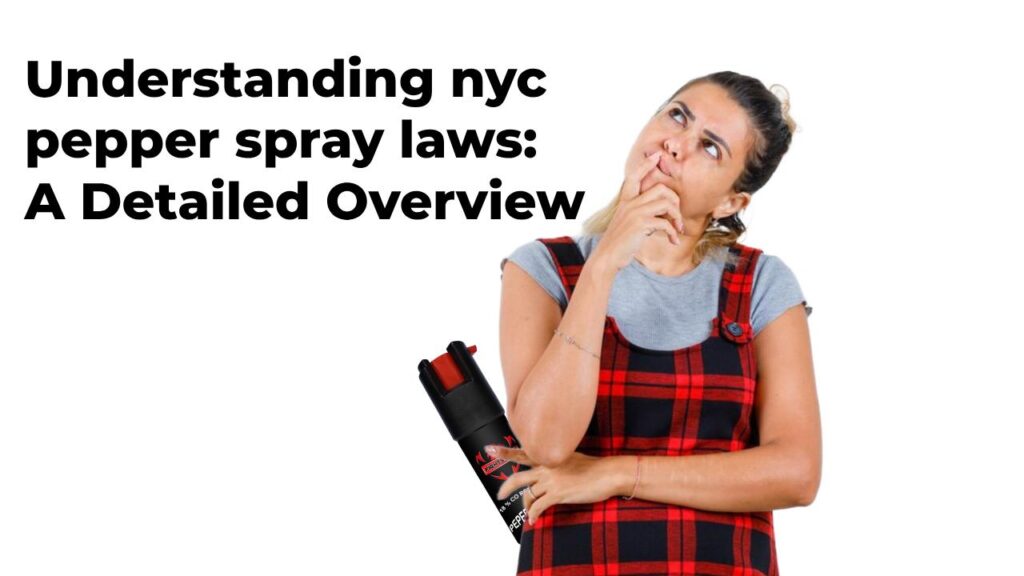Table of Contents
- Understanding South Carolina’s Legal Spray Volume Restrictions and Their Purpose
- Key Factors Influencing Spray Volume Limits for Personal Carry in South Carolina
- Legal Consequences of Exceeding South Carolina’s Authorized Spray Volume
- Practical Tips for Selecting Compliant Spray Products for Self-Defense Use
- To Conclude
Understanding South Carolina’s Legal Spray Volume Restrictions and Their Purpose
In South Carolina, the regulations surrounding the amount of spray an individual can carry are designed with both public safety and personal protection in mind. The state sets clear limits to ensure that while individuals can defend themselves effectively, the potential for misuse or excessive force is minimized. These legal volume restrictions serve as a balanced approach, preventing the possession of dangerously large quantities that could pose risks if used irresponsibly, while still acknowledging the right to self-defense.
Key purposes of these restrictions include:
- Minimizing the risk of accidental harm or overuse during defensive situations
- Helping law enforcement distinguish between standard defensive tools and items intended for aggressive use
- Promoting responsible ownership and application by setting clear boundaries
- Supporting community safety by reducing the likelihood of escalation in confrontations
Key Factors Influencing Spray Volume Limits for Personal Carry in South Carolina
Legal definitions and safety regulations play a critical role in determining permissible spray volume for personal carry devices in South Carolina. The state classifies spray devices, such as pepper spray or mace, under regulated self-defense tools, imposing strict size limits to balance effective personal protection with public safety concerns. The maximum allowable volume often reflects the concentration level and potential incapacitating effect of the agent, requiring manufacturers and users to adhere closely to these legal thresholds. This ensures that the spray is potent enough for defense but not excessively powerful to cause undue harm or misuse.
Several practical factors also influence these volume restrictions. For instance, ease of carry and concealment are prioritized, meaning the spray canister must remain compact and lightweight enough for everyday accessibility. Additionally, considerations about accidental discharge and environmental impact guide the formulation and container size. South Carolina’s regulations often stipulate specific volume caps-commonly around 2 ounces-to ensure sprays can be quickly deployed in emergencies without burdening the carrier with bulky equipment. These limits strive for a delicate balance, enhancing personal safety while promoting responsible ownership.
- Concentration levels of active agents in the spray formula
- Container size and portability for convenient personal carry
- Legal classifications distinguishing self-defense tools from prohibited weapons
- Safety standards to prevent misuse or accidental harm
- Enforcement consistency across local and state law enforcement agencies
Legal Consequences of Exceeding South Carolina’s Authorized Spray Volume
Violating South Carolina’s spray volume restrictions can trigger a variety of legal repercussions that residents and travelers alike should take seriously. Exceeding the authorized spray limit is categorized as a misdemeanor, which could lead to fines and possible confiscation of the excess spray products. Law enforcement agencies are diligent in enforcing these regulations, and individuals found in violation may also face charges impacting their driving privileges and insurance rates. This ensures public safety by controlling the amount of potentially hazardous substances individuals can carry during transit.
Those who disregard the restrictions might encounter the following penalties:
- Monetary fines that increase with the volume exceeded
- Temporary or permanent seizure of spray products beyond the legal limit
- Potential court appearances and additional legal fees
- Criminal record implications affecting employment and travel
Understanding and adhering to these limits not only helps avoid costly legal troubles but also promotes collective safety within the community, reinforcing why South Carolina maintains strict control over spray volume in vehicles.
Practical Tips for Selecting Compliant Spray Products for Self-Defense Use
When selecting a spray product for self-defense within South Carolina, staying within the state’s prescribed volume limits is crucial to avoid legal trouble. Most sprays, such as pepper sprays and mace, come in various sizes. Choose a product that explicitly states its net weight or fluid ounce volume, ensuring it does not exceed the legal threshold-typically capped at 2 ounces for civilian carry. Additionally, verify the active ingredients; sprays with non-toxic, widely accepted substances like oleoresin capsicum (OC) are generally safer choices that fall within compliance.
Beyond volume and formulation, there are practical features you should look for to enhance usability and compliance. Opt for sprays with:
- Child-resistant safety mechanisms to prevent accidental discharge.
- Clear labeling that indicates compliant ingredients and volume information, aiding quick identification during a legal inspection.
- Compact, ergonomic designs that allow you to carry and deploy the spray effectively in high-stress scenarios.
Remember, staying informed about updates in South Carolina law and regularly checking product specifications will help ensure your self-defense method remains both effective and legal.
To Conclude
Understanding South Carolina’s legal volume limit for carrying spray is essential for anyone considering self-defense options in the state. Keeping informed about these regulations ensures you stay compliant while effectively protecting yourself. Whether you’re a resident or just visiting, knowing the specific limits and guidelines helps prevent legal trouble and promotes responsible use. Stay safe, stay legal, and always check for updates to South Carolina’s laws to keep your knowledge current.Check Our Other Blogs
- StunGun – Your Trusted Source for Stun Guns, Laws, and Self-Defense Tips
- PepperSprayLaws – Your Trusted Resource for Pepper Spray Information
- StunGunLaws – Your Trusted Guide to Stun Gun Legality and Safety




